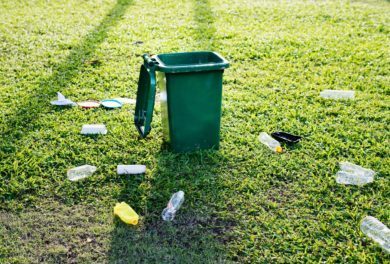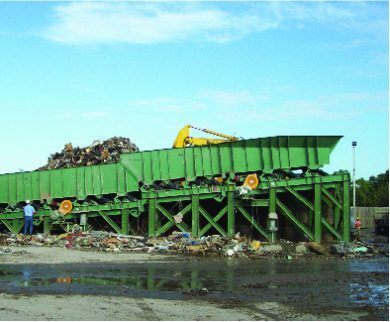California has long been one of the leaders of recycling in the US. Fitting the state’s green reputation, a law passed by Governor Jerry Brown in 2011 is pushing the state to reach a goal of 75% recovered recycled materials by 2020.
In addition to creating potentially 110,000 new jobs in the recycling industry, the law is making headway for improved composting and recycling efforts across the state. As part of their efforts to make this law feasible, back in 2015 California Legislature approved a tax exemption on the sale and use of recycling and composting equipment making it easier for local recycling companies to adopt the latest in reclamation technology.
Though California is beating the national average of recycling (34%) at 50% from 2012 to 2014, recycling rates for the state have been in a steady decline since 2014 reaching only 47% in 2015 and 44% in 2016. The decrease in recycling is in part due to an increase in consumption and low cost of disposal. Many believe that the path to reaching the goal of 75% cannot depend solely on the change of public habit but legislation to incentivize recycling over landfill-bound disposal and the process of recycling itself.
Another solution may be to diversify recycling efforts. Composting organic matter has been a large focus for California in past years, however, targeting non-residential waste streams may be another area for great improvement. These areas consist of corporate recycling programs and construction demolition recycling. C&D waste production has been on the rise in the U.S., reaching 548 million tons in 2015. Recycling Construction and Demolition materials can be a difficult task if the equipment in place is not built to handle the large pieces of wood, concrete, and metal that often end up in this stream. Many are interested in the ability to process mixed waste as well. One combination is the aforementioned C&D material and Class III materials. Equipment like the FINGER-SCREEN™ has been designed to handle mixed waste material providing more flexibility in a smaller footprint.
In recent years, the state of recycling in California has been dealing with additional issues that have impacted the nation. National Sword, a ban imposed on recycled material imports to China, has put an enormous amount of pressure on California recyclers to find new paths for their material. Companies like General Kinematics have been working to improve the separation process with new innovations in separation equipment such as the FINGER-SCREEN™ 2.0. Obtaining a cleaner end product is the best way to still do business in the Chinese market as well as markets around the world.
Reaching the goal of 75% by 2020 may seem like an impossible mission, but with the help of resource recovery experts like those at General Kinematics, California will make great strides in the next year to achieve this goal.
Looking to discuss how you can reach 75% by 2020? Contact me!









